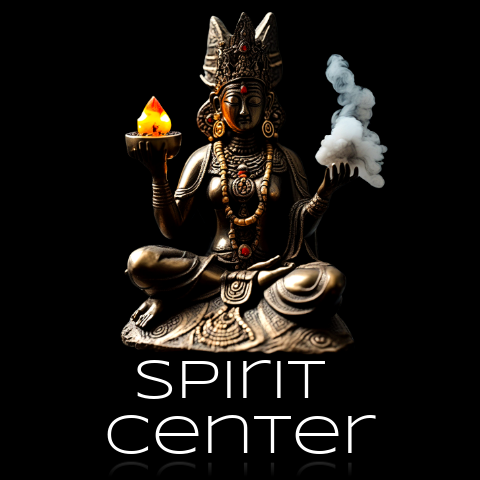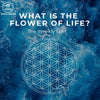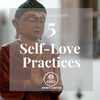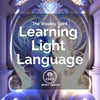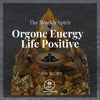There are three general classifications of yogic contemplation and mindfulness rehearses that can be consolidated to shape a thorough yoga schedule. The main classification might be alluded to as the brain body rehearses, and Hatha yoga is remembered for this class of contemplations. The second sort of yogic reflections are the inconspicuous energy rehearses and these incorporate pranayama, representations, and mantras. The last style of reflection includes self-request, jnana yoga, and satsang. The rest of this article will examine every one of these kinds of mindfulness rehearses more meticulously.
1. Mind-Body Practices
Normal for these kinds of practices are cognizant moving schedules that bring the psyche and body into a condition of solidarity. Moving the body in a condition of conscious consideration and mindfulness permits the psyche to be concentrated and to go into a reflective state. Hatha yoga is the most famous type of psyche body rehearses, however in the entire field of the yogic practices we additionally discover moving contemplations in kundalini, kriya, and the tantric expressions.
The moving reflections are incredible for fledglings in yoga and contemplation in light of the fact that the developments give the brain something to zero in on. When done in a cadenced daily schedule, the brain can settle itself through the developments and hence go into a thoughtful state. Since a typical subject in all moving reflections is getting back to the regular perspective body solidarity, a lot of advantage and quietness can be found through these practices.
2. Subtle Energy Practices
In these practices the attention is on the inconspicuous energy (prana) and strategies, for example, pranayama (breath control), reciting mantras, and representations are for the most part working with unobtrusive energy. In these structures moving the body isn't needed and frequently these practices will be done while standing by. Since the breath is an unobtrusive type of energy that we can't see, however has a significant effect of our lives and condition of mindfulness, pranayama is one of the principle types of this class of contemplation strategies. Normal for some types of pranayama are building, fortifying, or moving inner energy with the breath. At the point when these techniques are dominated further and more delayed reflective states might be capable.
3. The Causal Practices and Jnana Yoga
These kinds of activities are here and there the most significant types of mindfulness rehearses, essentially in light of the fact that they have the immediate capacity to slice through the hallucinations of psyche that keep us from living in our True Nature as Radiant Consciousness. Practices, for example, jnana yoga, self-request, and satsang bring into question the restricted personalities that we have about ourselves as inner self awareness. Through scrutinizing the suspicions of the inner self brain, these methods help us in seeing that we are more than the restricted conditions of self image awareness that shows as self-contracted considerations and feelings. In these frameworks of training there is a hidden conviction that the True Self is consistently present and available whenever. Assuming we acknowledge that one's Buddha Nature is ever-present, we wanted to pose the inquiry, "What is it, that is currently keeping you from the immediate acknowledgment of your consistently present Buddha nature?"
If it's not too much trouble, consider this prior to proceeding to peruse.
The inquiry just posed is a basic show of how these strategies work to shed the psyche of whatever is keeping one from dwelling in the freed state - Now. Frequently when I pose this inquiry in my classes individuals will go quiet for quite a while and the entire vivacious sensation of the room will change to one of profound quietness, tranquility, and openness.
At the point when I do find a solution to the inquiry, "What is it, that is currently keeping you from the immediate acknowledgment of your consistently present Buddha nature," I will frequently hear reactions like idea, feelings and psyche. At the point when a reaction is given to the inquiry it gives knowledge into what is consuming the psyche and keeping one from Self-Realization - Now.
From the appropriate responses that emerge from these sorts of inquiries, one might figure out how to deconstruct, dis-recognize from, and notice oneself contracted deceptions of self image awareness.
As A Whole
While yoga has acquired a lot of ubiquity in the West, it astonishes me that such a lot of consideration goes to hatha yoga. In a common yoga class, the majority of what is instructed is hatha, with brief sprinklings of pranayama and contemplation. Maybe the justification for this is that the psyche body rehearses are generally open to novices and give a helpful vehicle to exercise, unwinding, and stress-alleviation. Notwithstanding, assuming we need to develop our training and work on our general degree of bliss and euphoria, the other two classifications of yogic reflection merit our consideration too.







